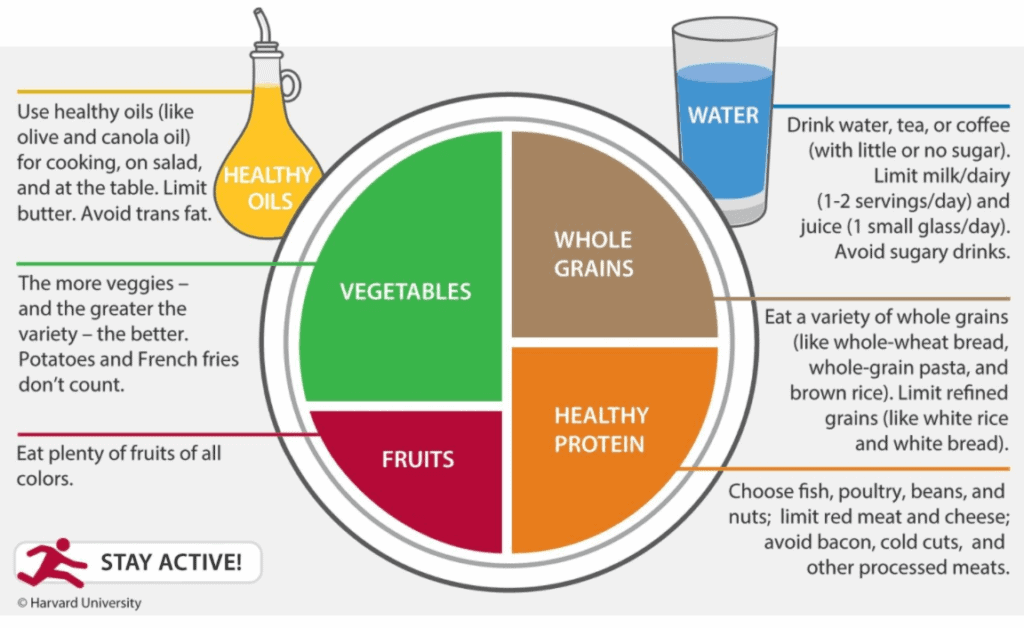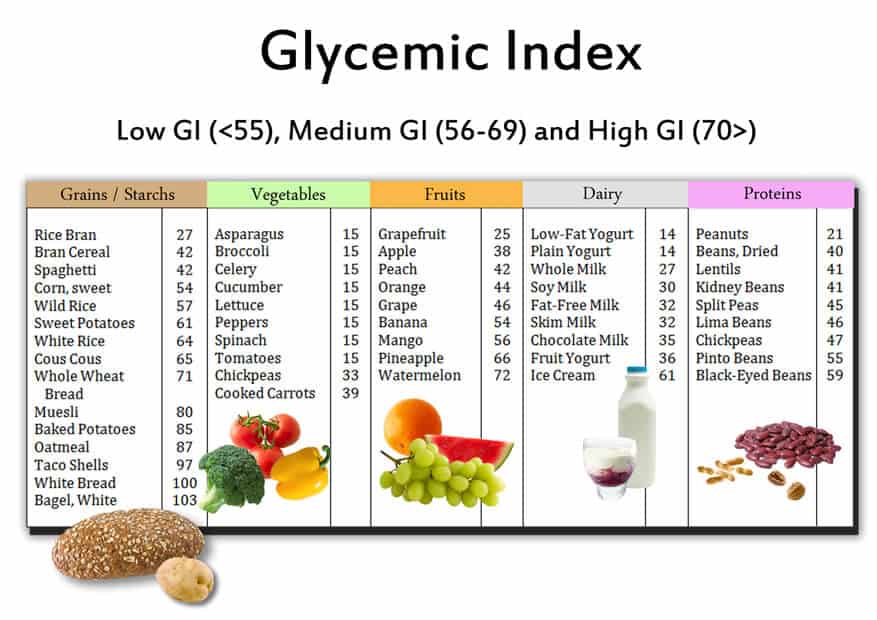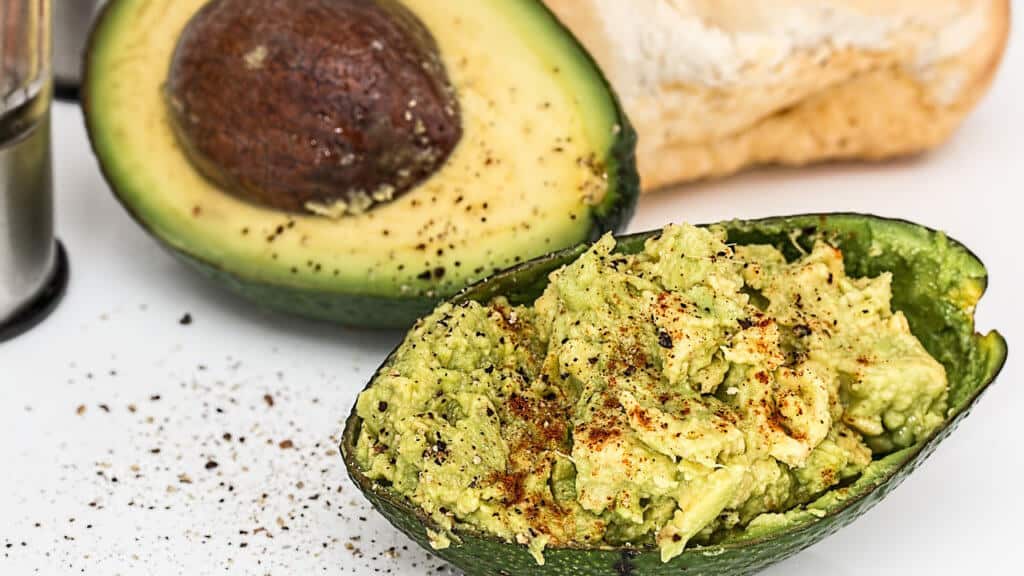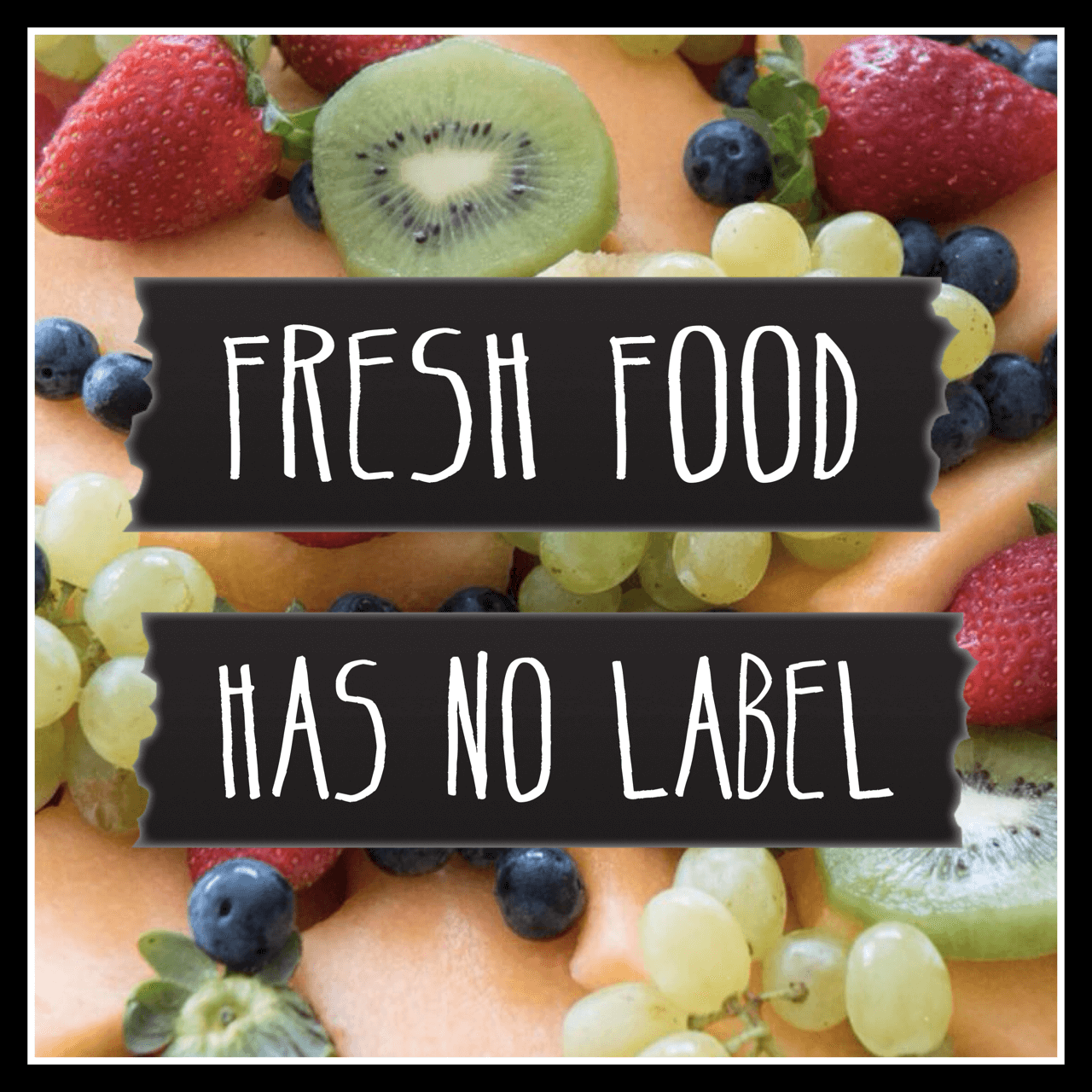Diet.
That four-letter-word that creates tension in the minds of grown men and women everywhere.
But what is a diet?
Furthermore, what are the most popular diets?; do you need to exercise?; more importantly, do diets work?
Digging Into Healthy Diet Plans
Diet is a simple term for organized food and beverage consumption. It counts everything that you eat and drink. But before we can determine which diet is best for you or if you should even change your diet, you need to understand the basics of nutrition.
Nutrition 101
Let’s start with the fact that diet means everything that you’re consuming. Food and beverages are broken down into three categories called macronutrients: carbohydrates, fats and proteins.
Carbohydrates – What Does a Healthy Diet With Carbs Look Like?
Carbohydrates are typically thought of as sugars and include the black-listed pasta, bread, rice, and potatoes. But carbohydrates are so much more and are not the evil twin made out to be in every diet book on the market. You have to have carbs to live, so going on a “carb-free” diet is just not possible or healthy for any length of time.
The best carbohydrates are fruits, vegetables, legumes, whole grains, and anything that is grown. Rice, breads, pastas and other processed foods are carbohydrates, but many of these are low nutrient-dense foods that may not offer optimal nutrition. Carbohydrates are broken down by the body into glucose or sugar. This “sugar” is the most important fuel for your brain and muscles.
Your muscles need carbohydrates for energy
Once the food is digested, your body stores glucose (sugars) in your muscles for when it’s needed for endurance, explosive movements and just to stand up and live, but these sugars also fuel your brain. (Watch out for the unhealthy sources of sugar.)
Without proper fuel from carbohydrates, you would be unable to go outside for a walk, run a 5K or do any form of exercise. Your muscles store the glucose in the muscles and regularly uses and replenishes these stores as you eat and move.
Your brain needs carbohydrates for energy
The adage that eating before taking a test for better performance is based on the fact that your brain needs fuel to function. Your brain accounts for only 2% of your total body weight yet consumes 50% of your body’s glucose and 20% of the oxygen.
Interestingly enough, according to Scientific American, ketogenic diets that advocate low carbohydrate intake, may help fuel the brain just as well – or better.
Does the Glycemic Index of Carbohydrates Matter?
According to OregonState, while ingesting carbohydrates helps fuel the brain and body, the type of carbohydrates can impair or enhance function. Our body likes a steady flow of glucose for fuel. The glycemic index of carbohydrates indicates how quickly the sugars will enter the bloodstream and thus be utilized.
If the glycemic index is high, like with bagels, simple sugars and juices, then the sugar will enter the bloodstream quickly.
If you’ve ever heard about children and candy, you will find it easy to understand the surge effect that these simple sugars can have on the body. Too much sugar at once can impair brain function making it difficult to think clearly.
According to Harvard Medical School, if you consume too many carbohydrates at once or those higher on the glycemic index, your body will produce insulin to help divert the blood sugar from the brain and push it to the liver, keeping that steady flow of fuel and avoiding the brain dump.
The liver will convert these sugars to fat and cholesterol. Hence those who eat a high carbohydrate diet are more prone to high cholesterol even if they aren’t consuming tons of meat. Typically we associate high cholesterol with high meat intake. Meat is a protein.
While carbohydrates fuel our brain and muscles, protein helps rebuild them and keep the sugar from flooding the bloodstream. Proteins are divided into two categories: complete and incomplete. A complete protein contains the nine essential amino acids which our bodies do not make and thereby need to function.
Incomplete proteins do not. According to VGR.org, complete proteins are from animals while foods from plants are incomplete proteins. Thus a vegan diet, eating only foods from plants, needs special attention to combine different grains, vegetables and fruits to make complete proteins.
Protein – A Powerful Solution for Fighting Hunger
Protein is powerful. According to NCBI, when you eat protein, your body has a hormonal response and releases glucagon. This hormone allows the muscles to hold sugars in the bloodstream. So when you eat carbohydrates with proteins, the glycemic index is minimized and a steady flow of fuel is released in the brain and body.
This also helps keep cholesterol numbers lower. The idea is that each time you eat a carbohydrate, you should also consume some protein. An apple with peanut butter or greek yogurt with a smoothie are a few combinations of protein and carbohydrates that balance the blood sugar levels.
Meaning the faster and more active an animal is when it is alive, the lower the cholesterol levels will be from ingesting them. Cows are very inactive while chickens run around all day. Beef is typically higher in cholesterol than chicken. Salmon swim upstream and do resistance training while scallops just sit at the bottom of the sea. Salmon is lower in cholesterol than scallops.
Fat is Part of a Healthy Diet
According to Health, the third macronutrient has an important role in helping the body function. Fat is essential for many reasons and eating fat doesn’t necessarily make you fat. We saw an increase in the obesity rates even though “fat-free” products were dominating the grocery stores. Fat is essential for helping the body absorb and break down many important vitamins and minerals.
Fat-soluble vitamins include A, D, E and K and while fat helps these vitamins dissolve in foods we eat, they are stored in your liver and fat tissue until needed. Fat-soluble vitamins have a multitude of functions from keeping your bones strong to helping your muscles move.
Where Does My Healthy Diet Go From Here?
Now that you understand the three pillars of nutrients. Let’s talk about your diet. You’ll need a percentage of each of these macronutrients for optimal health. Many believe the diet should be 40% carbohydrates, 30% protein and 30% fat. However, the popular diets shift these percentages for weight loss or specific performance needs of the individual.
The popular Zone diet of the ’70s and ’80s had 40% protein, 30% carbohydrates, 30% fat as its core menu and the Ketogenic diet minimizes carbohydrates to even lower amounts.
Understanding the relationship between fats, carbohydrates and proteins is key to knowing what to put on your plate. Shifting the percentages of macronutrients is how diets are differentiated. And while any calorie restriction will result in a potential weight loss, the health of the body, the rate of loss and the performance levels of the individual will differ based on age, diet, movement and sleep.
As mentioned earlier, the diets in the media have changed over the years.
- The Zone diet popular in the ’70-’80s transformed into the Paleo Diet of recent times.
- The Atkins diet is similar to the Ketogenic Diet.
- The Master Cleanse turned into Jogging in a Jug and back to the Master Cleanse.
The trends will change due to best-selling books and what celebrities evangelize a specific diet, but keep in mind staying on a diet is not a long-term goal. However changing your diet to a healthier, No-label diet can help you live longer.
The No-Label Diet – The Healthiest of All
The No-Label diet is a simple way of eating any foods or beverages that simply do not carry a nutrition label. It is these foods that you may indulge in almost endless amounts: fruits, vegetables, meats, nuts, and water. If food has a label on it then in some way it has been processed.
The purpose of nutrition labeling now is to provide the information you need to make healthy choices about the foods you eat.
“The label shows calories, total fat, saturated fats, trans fats, cholesterol, sodium, total carbohydrate, fiber, sugar, proteins and certain vitamins and minerals.”
Anytime you hear the word “diet” a simple understanding of calorie deficit is apparent. Diets for weight loss will typically include a form of exercise for calorie deficit to occur. Exercise burns calories, and you’ll need to burn 3500 calories for the loss of one pound.
But is exercise essential for weight loss? According to the American College of Sports Medicine, individuals should spend 30 minutes daily of moderate activity. However, weight loss can occur without a regular exercise program. The difference is that with a combined exercise and diet program, results will happen more quickly as well as last longer too. Therefore adding a 10-minute walk before or after each meal is an easy way to boost your weight loss results, burn calories and sneak in that exercise.
Bottom Line on Healthy Diets
Do diets work? Understanding the body’s needs for optimal nutrition and trying to eat in that manner is a diet in and of itself. So, yes, diets can work. Eating a diet high in fiber, fruits and vegetables, healthy lean proteins and unsaturated fats can help you perform optimally, as well as look and feel your best. After all, you are what you eat.
However, it can be hard to find what kind of diet works for everyone. Additionally, if you are looking to lose weight, a healthy meal plan is just the start.
One of the best weight-loss apps we’ve found is one called Noom. This program uses human coaches, food logging, and educational tools to “trick” their users into losing weight and making lasting changes to their lifestyles.
For a limited time, Noom is offering a free trial offer to all Dietspotlight readers, so take advantage while you still can.

Andrea Metcalf is one of the nation’s top fitness experts. Armed with an exercise science teaching degree and many training certifications, she started helping people achieve optimum health and business success in Chicago and around the country in 1983. She has appeared on, Oxygen Magazine, Club Industry, Huffington Post, Chicago Now, Oprah.com, Ace Fitness, Examiner, and more.





